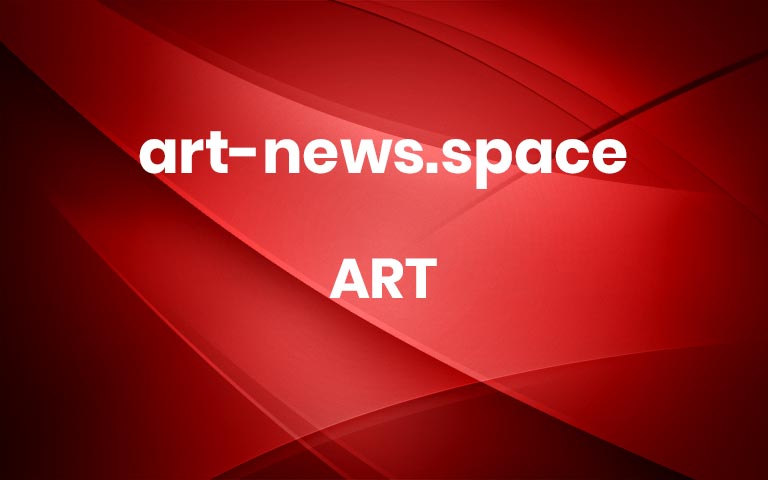Sci-Fi-Esque ‘Portals’ on the Streets of Vilnius and Lublin Connect Passersby in Real-Time
Art
Design
#cameras
#installation
#public art
June 3, 2021
Grace Ebert
Vilnius. All images © Portal, shared with permission
Prior to hopping on the train for their morning commutes, Vilnius residents can greet pals passing through a main square in Lublin, Poland, despite being 376 miles apart. Thanks to “Portal,” a sleek pair of screens installed in the city centers, passersby have the opportunity to wave hello and socialize with their counterparts just as if they were standing in front of each other on the street. Dubbed “a visual bridge,” the futuristic installation resembles large, round orbs embedded with screens and cameras that transmit views of the two locations in real-time.
“Portal” is the culmination of five years of research and design, and the project to expand to cities around the world, with two more eye-like devices coming to Reyjavik and London soon.
Lublin
Vilnius
Lublin
Lublin
Lublin
Lublin
#cameras
#installation
#public art
Do stories and artists like this matter to you? Become a Colossal Member and support independent arts publishing. Join a community of like-minded readers who are passionate about contemporary art, help support our interview series, gain access to partner discounts, and much more. Join now!
Share this story
More


